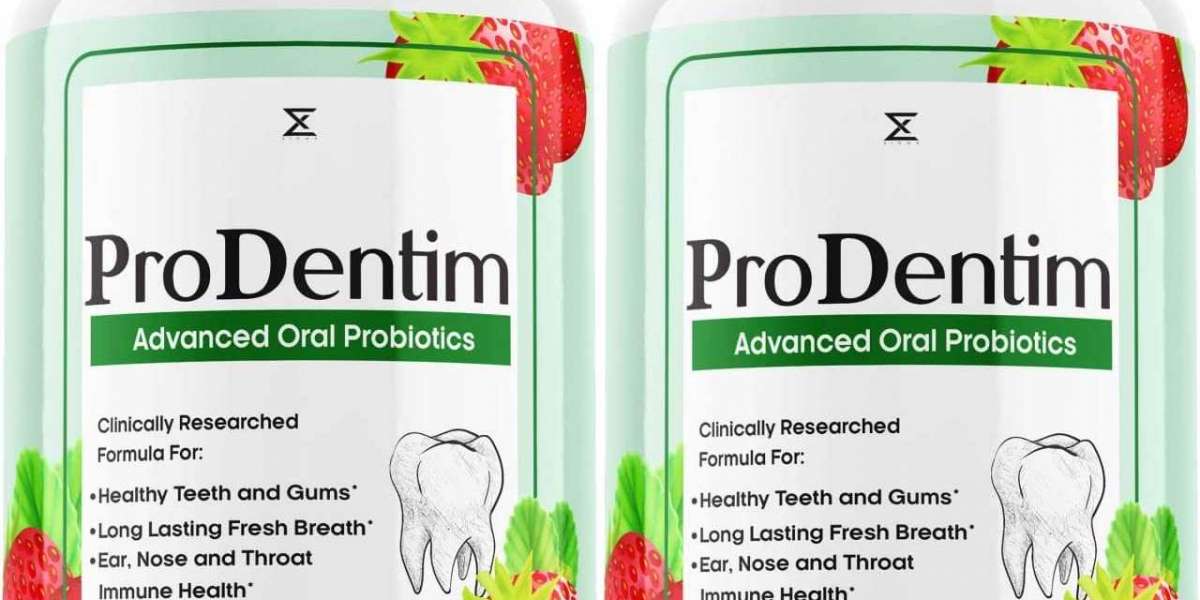xysiliconeink.com :
Silicone is a unique substrate for various applications. It is a sustainable polymeric substrate that shows resistant to many environmental factors such as heat, temperature, electric, chemicals, UV/Ozone radiation and x-rays. Silicone ink for printing has been used in various areas where a silicone surface requires patterns or printing. This is due to the chemistry of the silicone polymer that makes its surface inert to other solvent based, PU based inks. Silicone ink is the only possible ink that can adhere to silicone surfaces. The performance of these silicone-based inks on silicone surfaces is undoubtedly very good but it restricts the design freedom. Silicone based inks come in single color and cannot create a gradient effect. Also, these cannot be printed digitally. Also, there are various issues when printing silicone surfaces. Silicone is a desirable substrate due to its astonishing properties, thus there is a need to have a printable silicone surface not limited by silicone inks.
Limitations of Silicone Printing
The use of silicone inks like screen printing silicone ink, mold silicone ink and other silicone inks by pad printing or screen printing comes at a great cost. Silicone ink tends to stick to the printing pad, making the printing labor-intensive, as regular cleaning is needed to keep printing quality. As silicone ink does not dry out like solvent-based ink, it needs baking in an oven to cure. Multicolor printing needs separate time and labor-intensive runs for each color, making production time consuming. Using screen printing techniques with silicone ink makes achieving efficient mass production even harder.
Traditional solvent based or PU based inks are not reliable for printing on the silicone surface. The surface energy of silicone is very low which the reason why the inks can not adhere to the silicone surface which makes the intermolecular forces very low. The intermolecular forces that contract the surface are termed surface tension. Surface tension, a measurement of surface energy, is expressed in dynes/cm. The higher the surface energy of the solid substrate relative to the surface tension of a liquid (water, printing inks, adhesives/encapsulation, coatings, etc.), the better will be its "wettability" and the smaller will be the contact angle. These types of chemically inert materials like silicone are hydrophobic and not naturally wettable. Compatibility between ink and polymeric substrate are the application challenges to achieve.
Pretreatment methods for Silicone Printing
Some manufacturers chose using electrical corona discharge, flame treatment, cold gas plasma, and ultraviolet irradiation as pre-treatment methods to achieve bonding with a wider range of adhesives. Each of these methods are application-specific and possesses unique advantages and potential limitations. The basic mechanism that happens in this process is a combination of both chemical and physical reaction. Due to the breaking of surface bonds of polymeric substrate during plasma or other pre-treatment methods, free electrons, ions, metastable, radicals are generated that makes the surface hydrophilic for a short time, thus makes the inks compatible to be printed. This creates very reactive free radicals on the polymer surface, which in turn can form, crosslink to the bonds of the ink formulation. In short, the wettability of the substate gets increased for a short time.
There are many types of silicone used for silicone ink for different requirement of silicone printing, like heat transfer silicone, embossing silicone, hd silicone, natural drying silicone, matte glossy silicone, puff silicone, etc.



